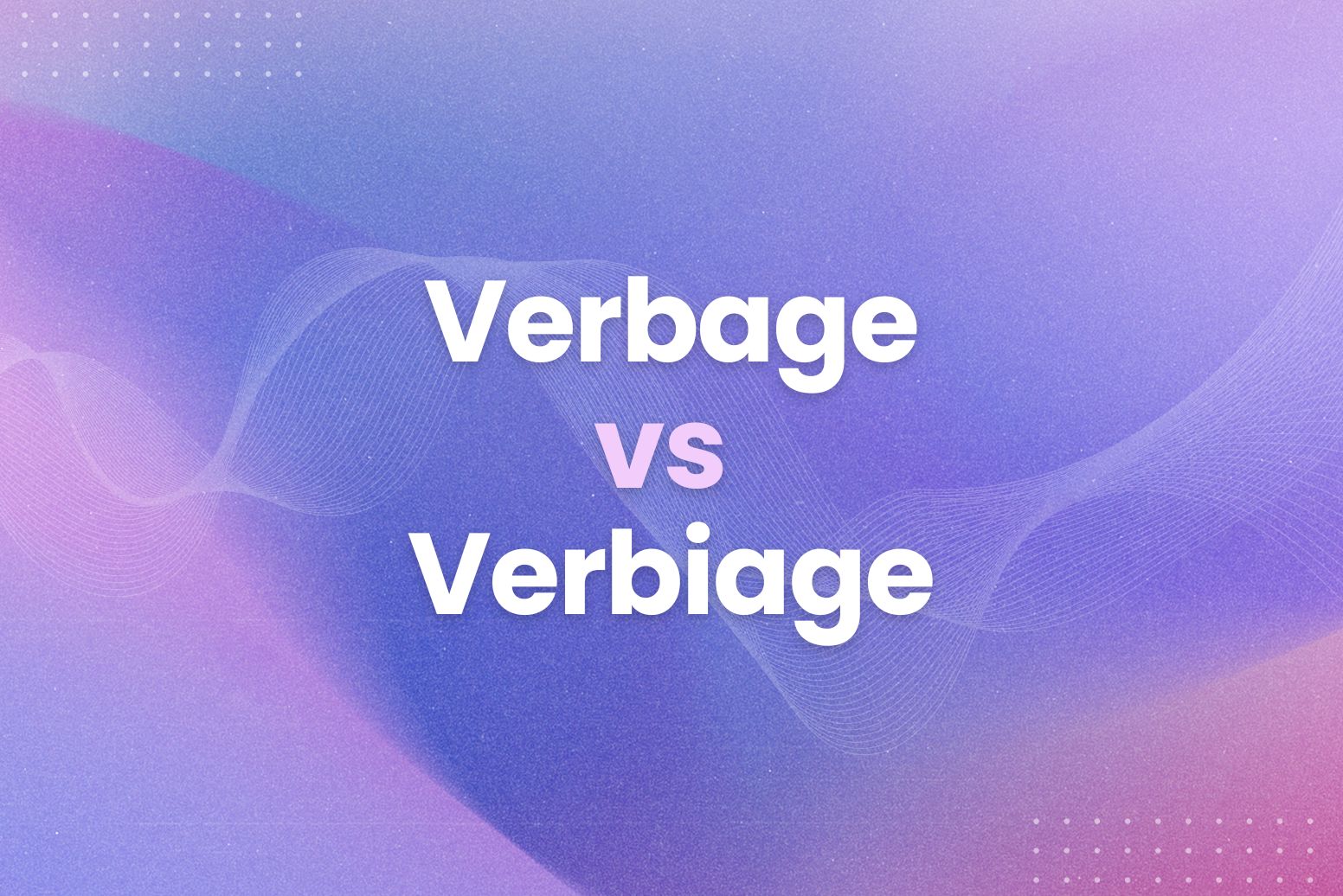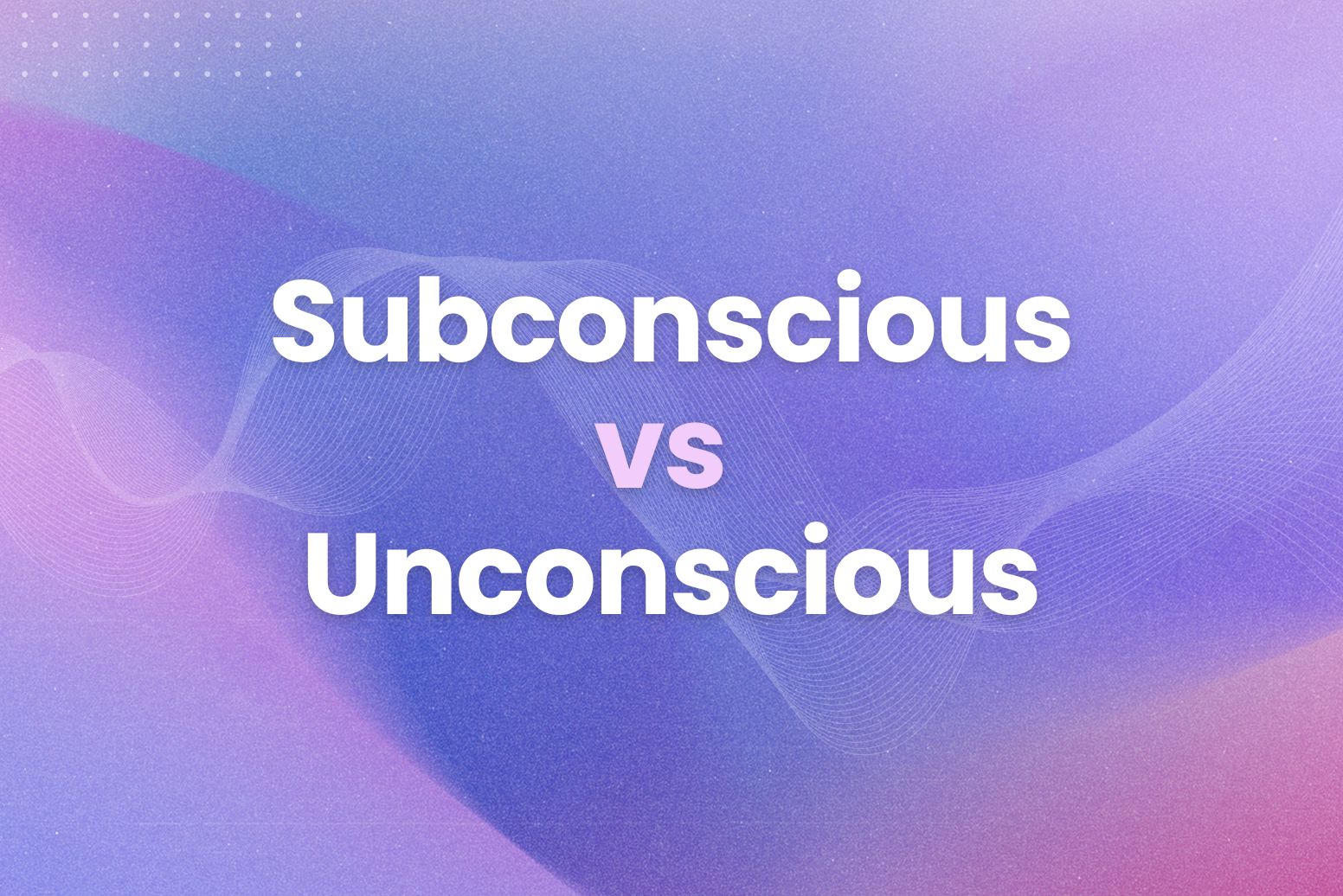Grammar gremlins can be a real pain. They lurk in the shadows, waiting to pounce on your writing. One common culprit? The hung vs hanged conundrum. This guide will banish those gremlins for good. We’ll give you the straight dope on these tricky words.
We’ll clear up the confusion surrounding hung and hanged. You’ll learn when to use each word. So, you can write with confidence and clarity.
Here’s what we’ll cover:
- First of all, the essential difference between hung vs hanged
- Secondly, practical rules with clear examples
- Also, a simple trick to remember which is which
- In the end, how to avoid future mistakes
The Essential Difference Between Hung vs. Hanged
These two words, hung and hanged, both serve as the past tense and past participle of the verb “to hang.” However, their usage differs significantly depending on the context. This difference often trips people up. Let’s break it down.
Hung generally refers to the past tense and past participle of “to hang” when referring to inanimate objects. Think of pictures on a wall, clothes on a hanger, or curtains at a window. For instance, “I hung the new painting in the living room.” Similarly, you might say, “The clothes were hung out to dry.”
Hanged, on the other hand, is reserved for the past tense and past participle of “to hang” when referring to people being executed by hanging. This is a very specific and thankfully less common usage. A classic example is, “The condemned man was hanged at dawn.” It’s important to remember this distinction. Using hanged for objects can sound quite jarring.
Therefore, the key takeaway is this: Use hung for objects. Use hanged for people (specifically in the context of execution). This simple rule will keep your writing clear and correct.
Practical Rules with Clear Examples
Now that we understand the basic difference, let’s solidify your knowledge with some practical rules and clear examples. These will help you confidently choose between hung and hanged in any situation.
Rule 1: Objects are hung.
This is the most common usage. Whenever you’re talking about an object being suspended, use hung.
- 1st Example: She hung the mirror above the fireplace.
- 2nd Example: The flags were hung at half-mast.
- 3rd Example: He hung his coat on the hook.
Rule 2: People are hanged (in the context of execution).
This rule applies specifically to capital punishment.
- Example 1: The prisoner was hanged for his crimes.
- Example 2: In the Old West, many outlaws were hanged.
Rule 3: Hung can also be used for people (not execution).
Interestingly, hung can also describe a person’s state when they are suspended (not executed).
- Example 1: He was hung upside down by his ankles.
- Example 2: The climber hung precariously from the cliff.
Rule 4: Past Participle Considerations.
Both hung and hanged can function as past participles. However, their usage remains consistent with the rules above.
- Example 1: The pictures had been hung carefully. (Objects)
- Example 2: The convicted murderer was hanged. (Execution)
- Example 3: They were hung out to dry. (Figurative, similar to objects)
Therefore, by keeping these rules and examples in mind, you can confidently use hung and hanged correctly. If you’re ever unsure, Arvin can be a valuable tool. You can simply ask Arvin, “Is it ‘hung’ or ‘hanged’ in this sentence?” and it will give you the correct answer. This is a great way to double-check your work and learn from your mistakes.
A Simple Trick to Remember Which is Which
Memorizing rules is one thing. Applying them consistently is another. Here’s a simple trick to help you remember the difference between hung and hanged so you can avoid common grammar mistakes.
Think of it this way: Objects are hung like pictures on a wall. People are hanged (when they’re executed). This visual association can make it easier to recall the correct usage. Picture a painting being hung. Then, picture a historical scene of someone being hanged. These strong images will stick in your mind.
Another helpful tip: Focus on the ed ending. Hanged (with the ed) is specifically for the ending of a life (execution). This connection can reinforce the correct usage for people in this specific context. Hung, without the ed, is for everything else.
Therefore, by using these memory aids, you can quickly and easily distinguish between hung and hanged. No more agonizing over which word to choose. Just remember the pictures and the ed for execution. With a little practice, this will become second nature.
How to Avoid Future Mistakes
You’ve learned the difference between hung and hanged. You’ve got a handy trick to remember which is which. But how do you ensure you never make this mistake again? Consistency is key. Here’s how to solidify your understanding and keep your writing error-free.
- Practice Makes Perfect: The more you use hung and hanged correctly, the more natural it will become. Actively look for examples of these words in books, articles, and other texts. Pay attention to how they’re used in different contexts. Try writing your own sentences using both words. Repetition is your friend.
- Context is King: Always consider the context of your writing. Ask yourself: Am I talking about an object or a person? If it’s a person, is it in the context of execution? These questions will guide you to the correct word choice.
- Build Awareness: Make a conscious effort to notice how other writers use hung and hanged. When you encounter these words, pause and consider why the writer chose that particular word. This will sharpen your awareness and reinforce your understanding.
Therefore, by combining practice, contextual awareness, and the use of helpful tools, you can virtually eliminate hung vs hanged errors from your writing. It’s about developing good habits and using all the resources at your disposal.
Hung vs Hanged: Conquer the Confusion with Arvin
The hung vs hanged mystery is solved. With a little attention to the rules and a dash of practice, you can confidently use these words correctly every time.
Here’s a quick recap of our key takeaways on hung vs hanged:
- Firstly, objects are hung.
- Secondly, people are hanged (in the context of execution).
- Also, hung can also describe a person’s state when suspended (not executed).
- Lastly, context is crucial for choosing the right word.
Writing with precision is essential. It boosts your credibility and makes your message clear. Arvin can be your trusty companion in this endeavor. Its grammar-checking capabilities will catch any lingering errors.
Plus, Arvin’s AI-powered explanations help you learn and improve. With Arvin by your side, you’ll not only avoid hung vs hanged slip-ups but also polish your overall writing style.
FAQs
Is it “I hanged up” or “I hung up”?
The correct phrase is “I hung up.” “Hung up” refers to the action of terminating a phone call. “Hanged up” would only be correct if you were describing someone being executed by hanging in the past.
Is it hung or hanged in the UK?
The rules for hung and hanged are the same in both the US and the UK. Hung is used for objects, and hanged is reserved for executions.
Has been hanged or hung?
This depends on the context. If you’re talking about an object, the correct phrase is “has been hung.” For example, “The picture has been hung crookedly.” If you’re referring to an execution, use “has been hanged.” For example, “The traitor has been hanged.”
Is it hanged or hung yourself?
This is a sensitive topic, but grammatically, it’s “hung yourself.” Even in this context, hanged refers specifically to execution by authorities. Therefore, “He hung himself” is the grammatically correct phrasing.






